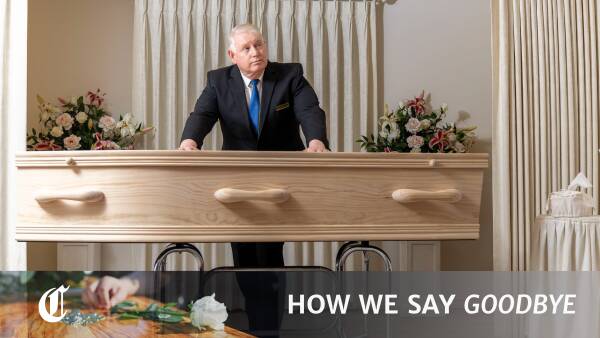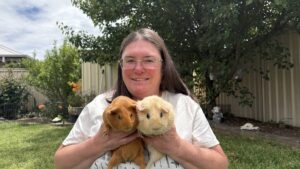
BREAKING NEWS: A profound shift in Australian funerals is underway as traditional services decline in favor of budget-friendly, no-attendance options. Recent reports confirm that over 70% of Australians now opt for cremation rather than burial, signaling a dramatic transformation in how the nation approaches death.
This urgent trend emerges in the wake of the COVID-19 pandemic, which has reshaped societal attitudes toward mortality. Kerry McMurray, CEO of Canberra Memorial Parks, stated, “The change since COVID has been an ongoing increase in the percentage of people that choose cremation over burial.” In Australia, cremations now account for approximately 70% of all funerals, with this number expected to rise as urban living costs soar.
In rural areas, the cremation-burial ratio remains closer to 50%–50%, but cities are seeing a clear pivot towards cremation, driven by the escalating price of burial plots. Economic pressures are leading families to consider “no attendance” funerals, where the deceased is cremated in private, allowing families to collect ashes later and hold memorials at their convenience.
Clayton Perry, a funeral director with Grantley Perry & Sons, explained, “A ‘no attendance funeral’ is at least 5% cheaper than one with a service at the crematorium.” This model not only saves money but empowers families to personalize their farewells in ways that reflect the deceased’s wishes.
Innovative practices are emerging, including cardboard coffins and natural burial options. The not-for-profit organization Tender Funerals, operating in Canberra for just over a year, reports that nearly half of their clients have chosen eco-friendly cardboard coffins, reflecting both cost and environmental concerns. General Manager Catherine Prosser noted, “There is a strong interest in natural burial.”
Cultural shifts are also apparent, with new crematoriums designed to accommodate diverse religious practices. For instance, the ACT government’s crematorium in Gunghalin was built to cater to Hindu customs, featuring a north-south orientation for cremation. This adaptation allows families to honor their traditions while utilizing modern facilities.
Additionally, increased accessibility through technology has transformed how funerals are experienced. Live streaming services surged during the pandemic and now constitute 90% to 95% of Perry’s services, offering remote attendees a chance to participate in ceremonies from afar.
As Australian communities continue to evolve, so too do their funeral practices. This rapid transformation reflects broader societal discussions about death, costs, and cultural diversity. The ongoing shift towards more personalized, affordable, and meaningful farewells signifies not just a change in logistics but a deeper connection to the way we remember our loved ones.
With the landscape of funerals rapidly changing, families are encouraged to explore these new options, fostering conversations around end-of-life wishes. As these trends develop, they promise to redefine how Australians commemorate lives lost and celebrate legacies.





